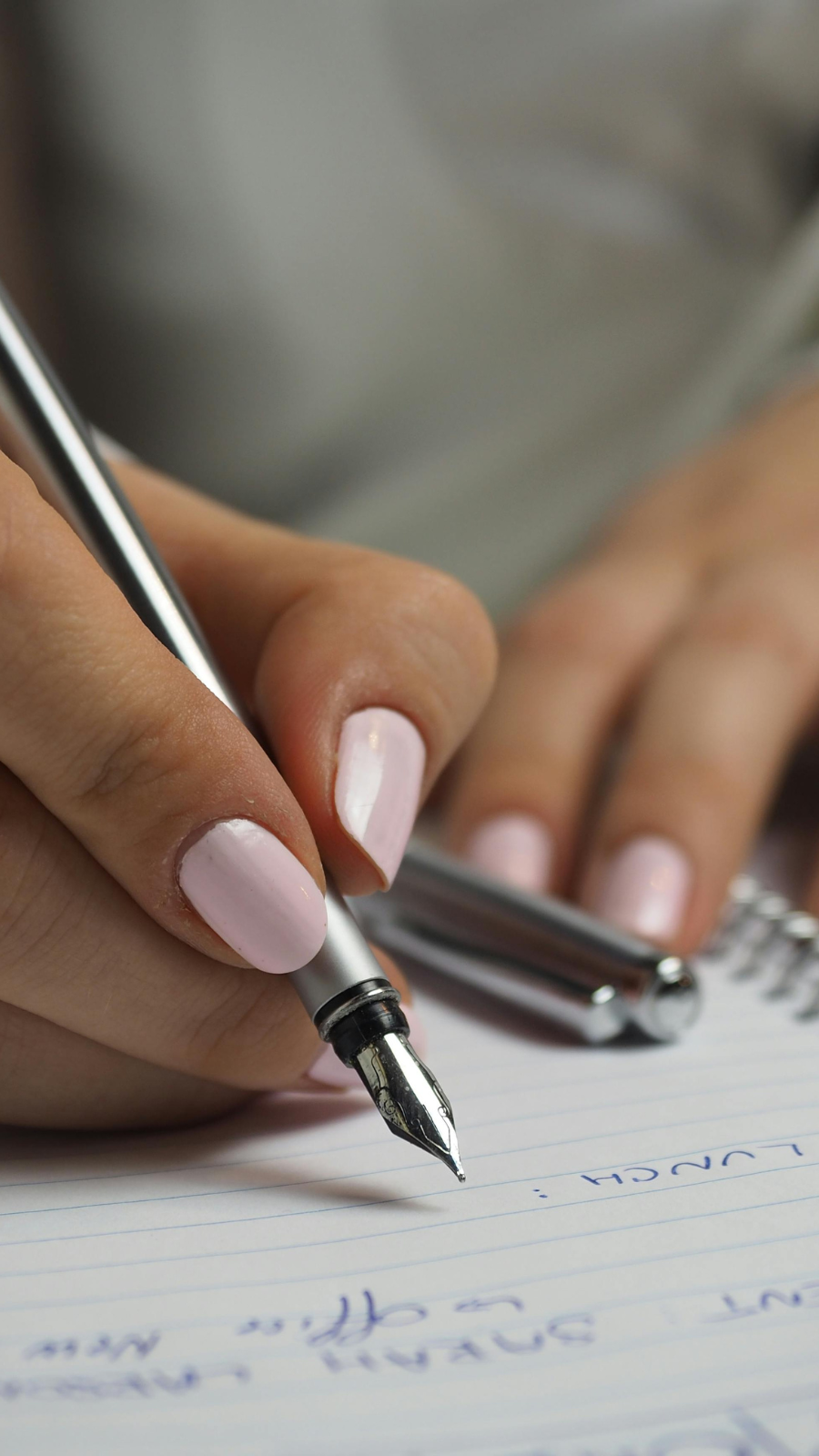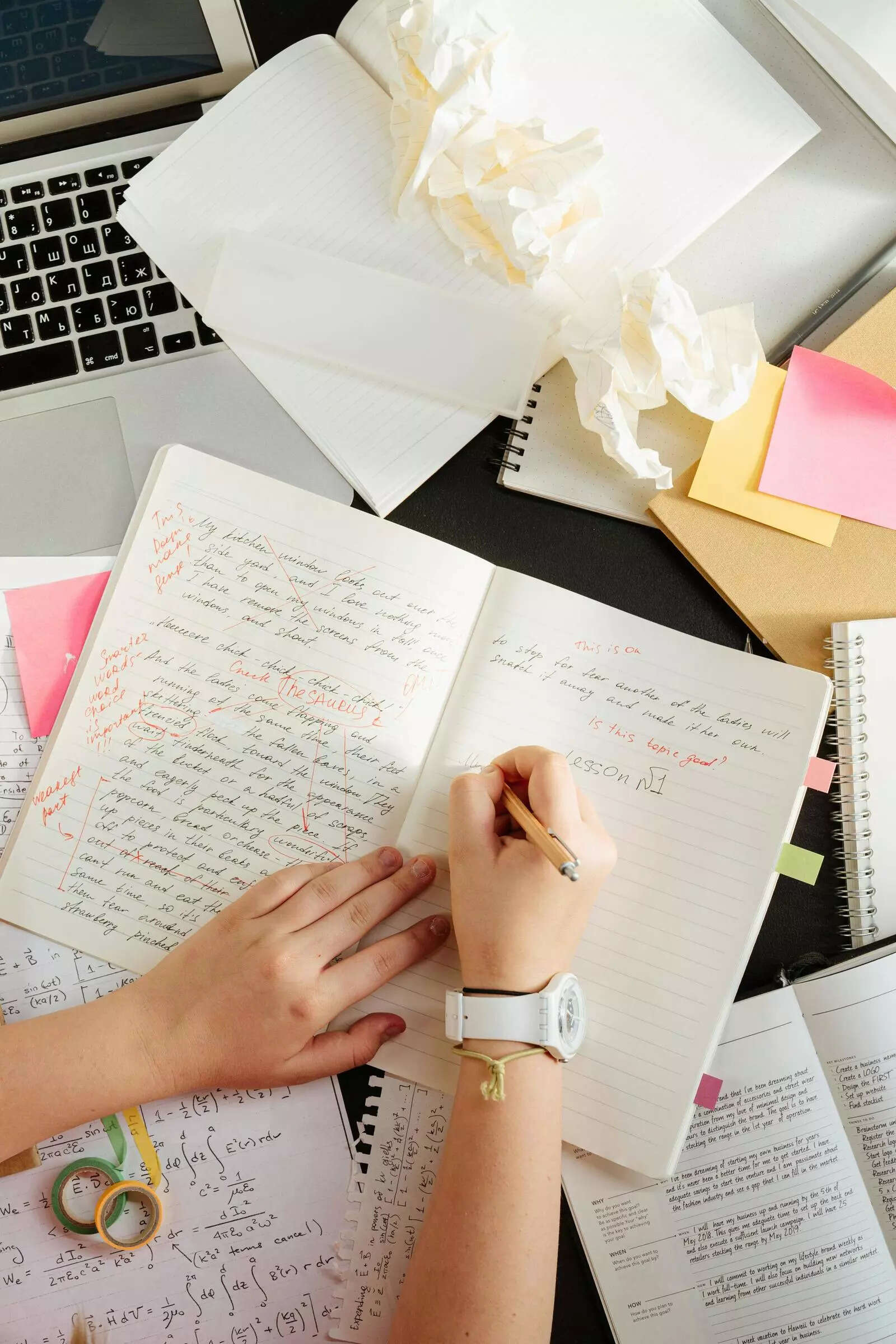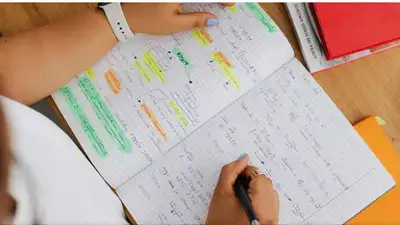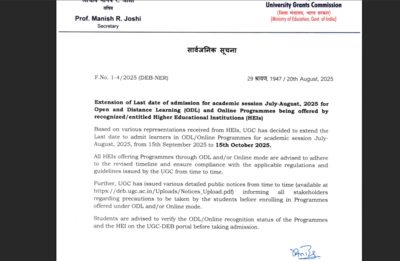7 effective note-taking techniques that actually work

If there is one essential skill that students should master in schools and universities, it is the art of taking good notes. Notes that are not copied and pasted from professors’ slides, not even the ones that we scribble on a notebook and later become difficult to comprehend. The “Art of Taking Notes” that could not only be understood, but also remembered and used later for learning purposes. Effective note-taking is not just recording facts or copying from textbook to note format. Most notebooks are summaries of textbooks that are never looked at, or hardly ever. The whole purpose of note taking is that it is something you will revisit and want to revisit it. So many notes are taken but never made use of.A recent 2025 Cornell University study made a comparison of physics courses where students who were trained in note-taking and motivated to use their self-prepared notes, performed better in exams than those with no structured note-taking approach. The study highlighted how strategic note-taking boosts engagement and learning outcomes.As Gen Z is a digital generation, they are more comfortable using their screens than paper. Those old spiral notebooks and registers have been replaced by laptops, iPads and phones. Technology is good and has made life easier but the issue is that taking notes can become a mindless typing process and the notes are often not even revisited. The long audio recordings contain huge amounts of information but the question is: are students processing it?

Writing notes by hand boosts retention and keeps you more engaged than typing.
According to a 2020 study, Using voice note-taking to promote learners’ conceptual understanding, taking notes via voice input “leads to a higher conceptual understanding of the text and encourages more elaborate and comprehensive notes.” The researchers found that instead of typing, it was voice-based note-taking that prompted deeper processing and richer, more comprehensive note generation. This suggests that leveraging speech input can boost conceptual learning in digital environments.The reality is, it doesn’t matter what medium students are using for taking notes. Effective note-taking is all about what and how one thinks while writing. Great notes do more than capture information, they spark thinking. They spark reflection and connection. They help you understand better, not just remember facts which you may as well underline in the original text and you will likely recall better as you look at your textbook more often than a note book.Typing may make us less able to recall the very information we were just working with later, according to a study published in Psychological Science. Students at Princeton University took notes on a TED Talk where half used laptops and the other half used a pen and paper. The laptop-using group seemed to transcribe the talk instead of ingesting it (this was found via testing of both groups later). Each group was tested on what they had learned a week later and the findings revealed that those who wrote in longhand had better memory recall. Here are some effective note-taking techniques by experts.
Listen first, write later
Don’t be in a hurry to jot down whatever you are listening to. Don’t be that kid who rushes to write everything. In an interview with TOI, Dr CP Rashmi, Associate Professor (Head of the Institute) Amity School of Communication at Amity University in Bangalore, advised, “Pause first and concentrate on listening. Listen, understand, and then write down notes in your own words. Humans remember processed information better than copied information.”
Use the Cornell method
Split the page (paper or digital screen) into three sections. Dr Rashmi suggested, “Make a narrow column on the left-hand side where you can jot down questions, prompts and keywords that will help you summarise your thoughts. The right section will be used for writing notes and the bottom section is where one will write a summary of the notes that would come in handy before exams.” This structure of writing notes not only helps one review the notes but also condenses the information. This system enables the 5 R’s of note-taking: record, reduce, recite, reflect and review while the process helps transform raw lecture content into clear, retained knowledge.
Visualise your learning
Visual thinking helps in memorising content better. Dr Rashmi opined, “One can start with the main topic in the centre of the page and then branch out into subtopics and ideas, connecting them like flow charts or graphs. The digital generation can also use many freely available apps for the same purpose. These roughly made sketches help you understand, learn and see the bigger picture.”
Pen and paper: Your brain’s best friend
There’s something quietly powerful about the old-school pen and notebook. Dr Rashmi pointed out, “Writing on paper with a pen slows you down just enough to think about each word, giving your brain time to absorb ideas instead of letting them slide past.”

Sketchnoting boosts focus and visual memory retention (Image: Pexels)
Psychologists have found that writing by hand activates areas of the brain linked to memory, focus and even creativity. It is meditation for the brain as it calms the mind. While research shows the anxiety that digital media can cause after hours of scrolling, writing is almost meditative, your mind feels calmer. Dr Rashmi said, “The act of holding a pen and writing each letter can feel grounding, almost like telling your brain, “This matters. Pay attention” and that mental pause is often what turns information into lasting understanding.”
Use mind maps
Aids like mind maps can turn scattered ideas into clear, visual networks. They give away links and patterns that straight lists often hide. Dr. Sunita Gandhi, Educator, Researcher, Innovator, Author and Founder of Global Education and Training Institute (GETI) and Dignity Education Vision International (DEVI Sansthan), explained, “Restating and better still making a diagram or a mind map, or a flow chart or a graphic organiser, especially what you have learned in your own words after a lesson, makes you actively process the content, which helps it stay in your memory, and you may end up using it for revision.”
Make task cards
The one type of notetaking that is especially useful is a task card. One side is a question or a topic, on the other are bullet points, formulae, or a graphic summarising the answers or the topic. Dr. Gandhi asserted, “It is better still that they are on the front and back side of a notebook, or even on cards, an A4 sheet in half or quarters. You can pick it up every evening for 10 minutes, read the question or be reminded of a topic, you try to recall what might be on the back side, then turn over to see if you got it right. You may even attempt a full question in your rough notebook, then review if you get it right. Once you know you have mastered a few cards, put them in a new pouch like a ziplock bag, and revisit them less often, say once a month, or near an exam.”
Have conversations with to yourself
According to Dr. Gandhi, the best notes are the dialogues with yourself. They capture your questions, insights and even moments of doubt. This gives them life and personality, rather than leaving them as dry passive records.Though there are many more techniques, the golden rule that one should always follow is to review the notes within 24 hours. By revisiting the notes on the same day or the next day, you reinforce the memory while the information in your brain is still fresh. This process helps in retaining the information for a longer period.Dr Rashmi shared, “In my 20 years of teaching, I’ve seen students with average abilities outshine toppers, simply because they knew how to take and use their notes well. Good notes aren’t just an academic tool; they’re your personal library of understanding. Whether you’re tapping on a tablet or scribbling in a diary, remember: note-taking isn’t about storing words. It’s about making the knowledge truly yours.”Good notes spark curiosity. They invite you to return, review and build on them. A note that is never revisited is a missed opportunity and worse, as it is loads of wasted time in making those notes in the first place. The simple act of writing does not take it to long term memory. Re-reading at intervals, the same day, a week later, before a test, strengthens memory and understanding. What matters is that your notes serve you. They help you connect ideas and deepen understanding and those you keep revisiting and keep learning alive.





